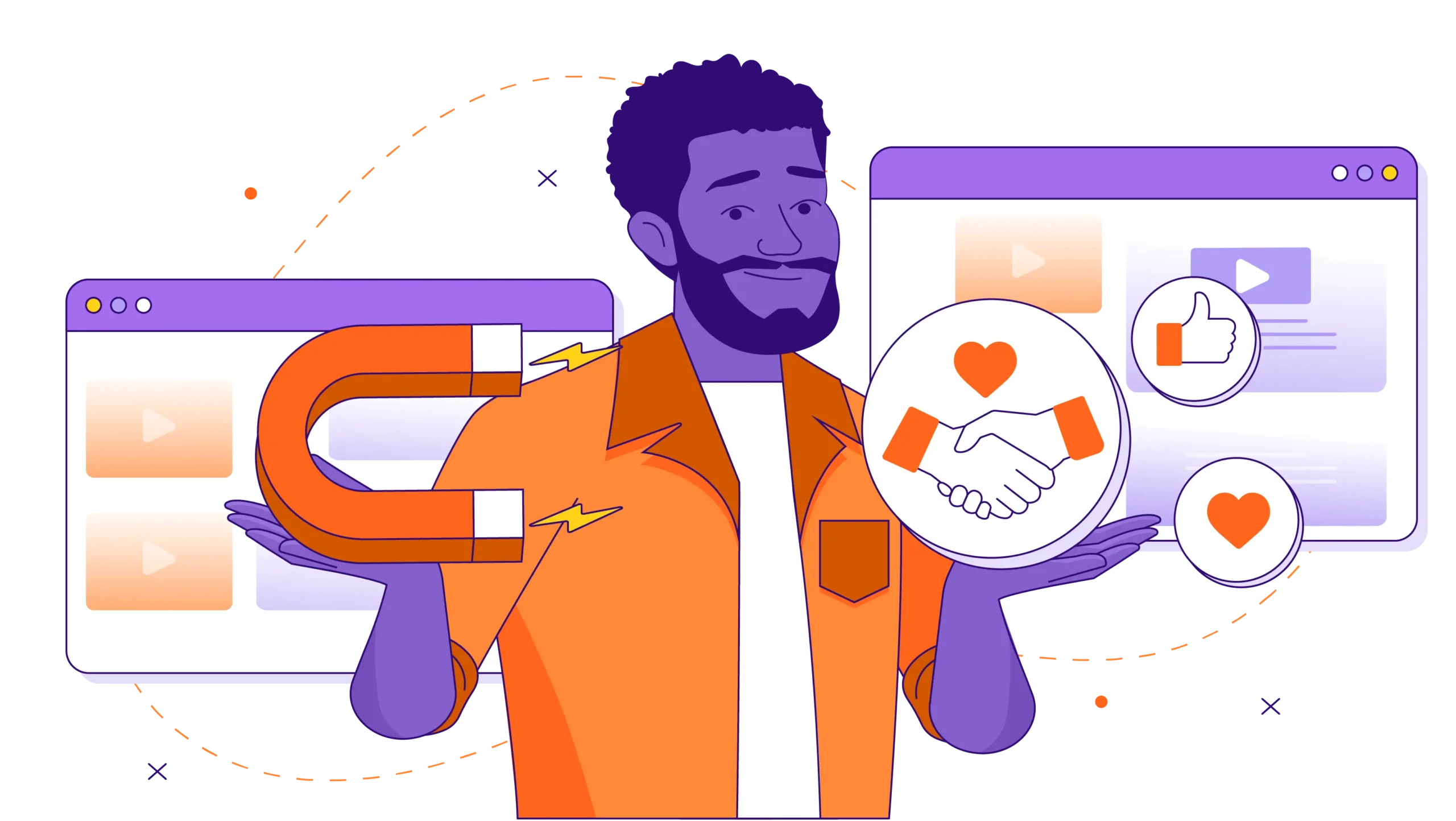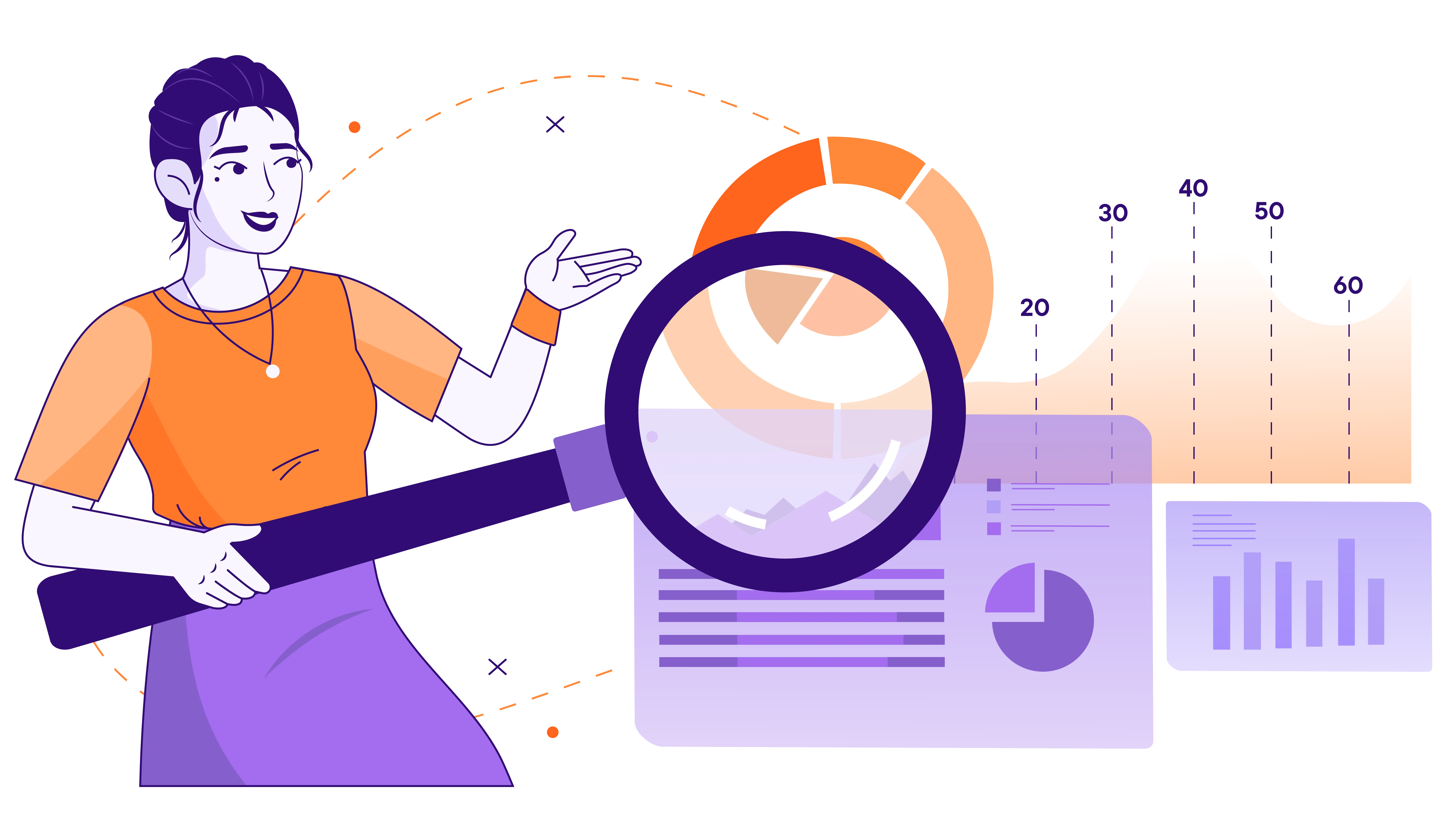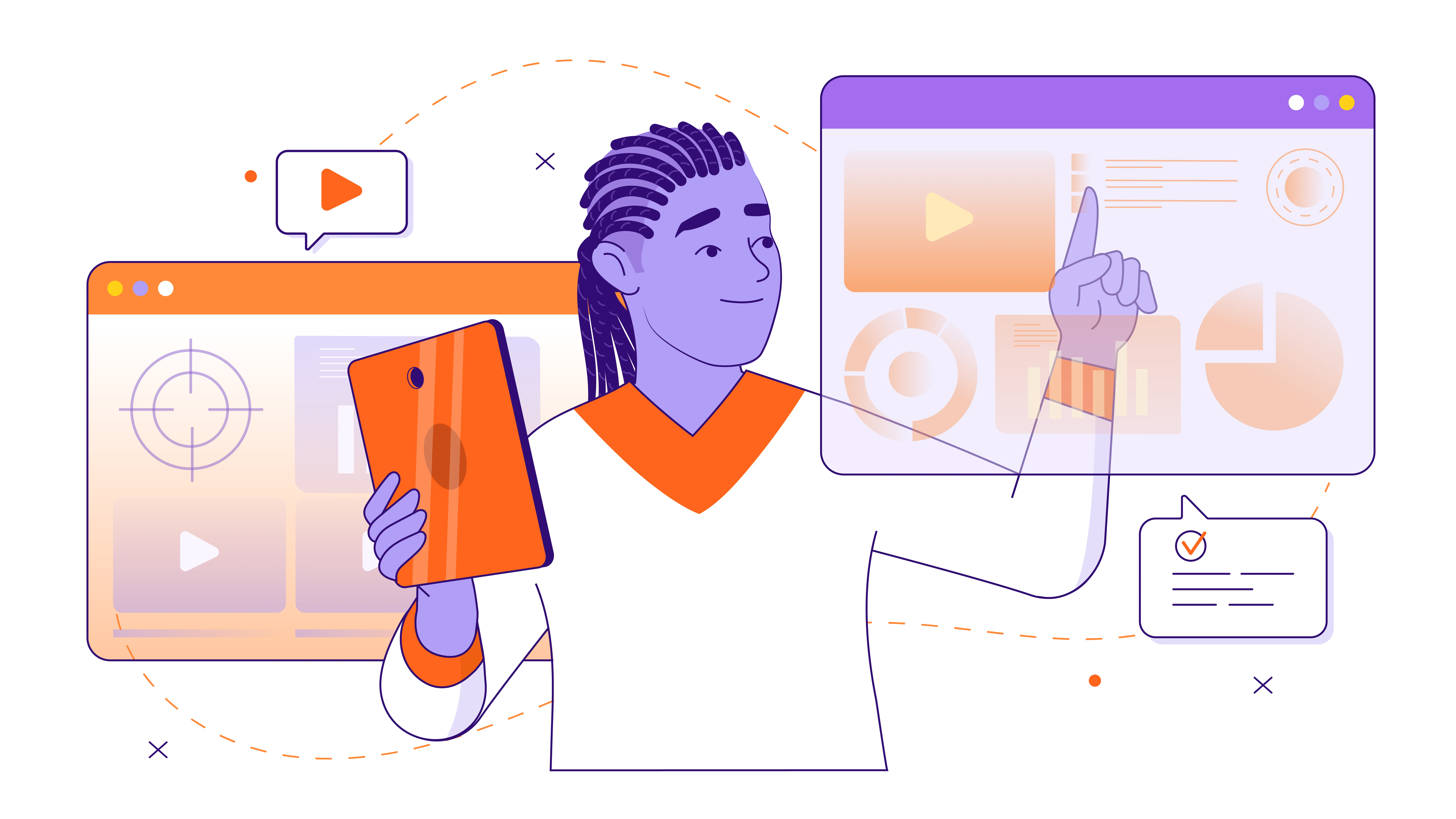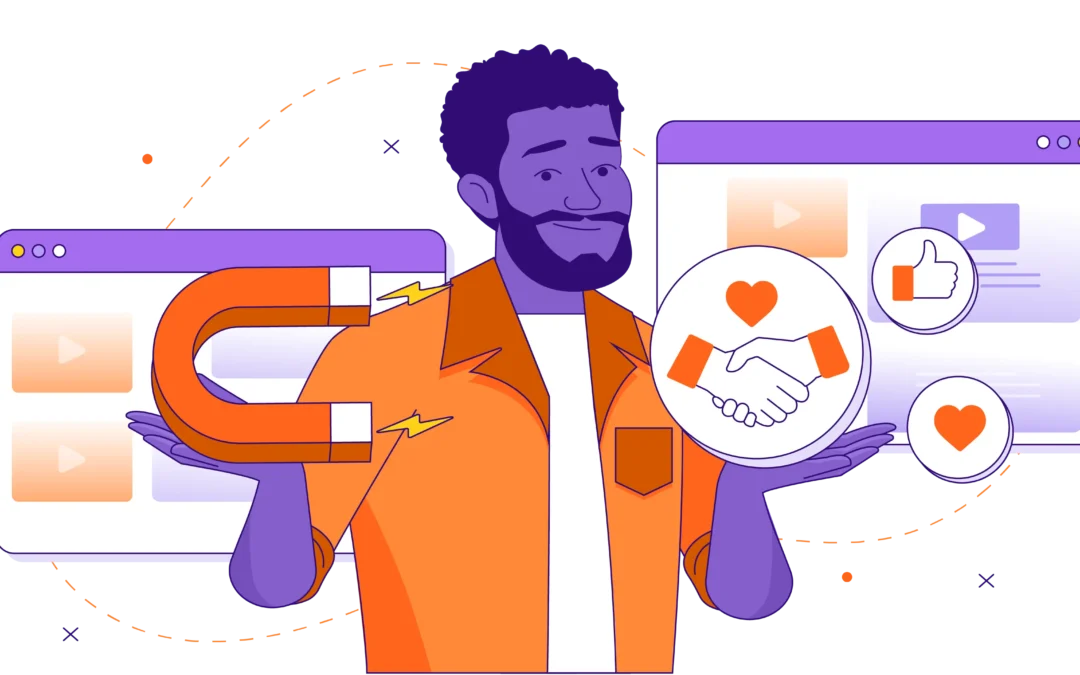
Creating an Effective Online Customer Education Program
Unlocking the power of customer education is a game changer! A robust online program not only enhances loyalty but also drives growth. Studies show educated customers are 60% more likely to stay. Segment your audience, define clear objectives, and tailor content.
Want to thrive? Measure success and iterate. Dive into this guide to transform your customer experience!
Creating an Effective Online Customer Education Program
An effective customer education program is essential for building customer loyalty, engagement, and business growth. These programs empower customers with valuable information, playing a vital role at every step of their journey with your brand.
In this guide, we’ll break down the essentials of customer education. We’ll look at what it is, how it fits into the customer journey, and how to measure its success. We’ll also explore ways to tailor your education to different customer groups, the ideal team to run your program, and steps to build your own strategy.
Let’s explore how customer education can take your business to the next level.
Step-by-step instructions that empower customers to solve problems independently.
What is Customer Education?
Customer education is more than just traditional online customer training. It’s a strategic process of providing valuable information to customers online to help them get the most out of your product or service. It’s about empowering customers and delivering a great brand experience.
By providing clear and engaging educational content, you can help customers understand your product’s features, solve problems, and achieve their goals. This, in turn, leads to increased customer satisfaction, loyalty, and advocacy.

How customer education fits into the customer journey
Think of the customer journey as a story. Customer education plays a vital role in every chapter.
Awareness:
Educational content plays a crucial role in attracting potential customers to your brand. By sharing valuable information, such as blog posts, webinars, or whitepapers, you can establish yourself as an industry thought leader and pique the interest of prospects.
Consideration:
Once potential customers have become aware of your brand, your customer education strategy can help them understand the value you offer. By providing clear and concise information about your product or service, you can help prospects see how it solves their problems and meets their needs.
Purchase:
After a customer has made a purchase, onboarding materials are essential for ensuring a smooth start. Providing comprehensive tutorials, guides, and support resources can help new customers quickly learn how to use your product effectively and get the most out of it.
Retention:
Ongoing customer education is key to keeping customers engaged and reducing churn. By providing regular updates, tips, and best practices, you can help customers stay up-to-date with the latest features and functionalities and maximize their investment.
Advocacy:
Happy, educated customers are more likely to become brand advocates and recommend your product or service to others. By providing exceptional customer education, you can foster loyalty and encourage customers to share their positive experiences with their network.
👉 Check out our award-winning portfolio and explore the endless possibilities of interactive learning 👈
Metrics to Manage Your Customer Education Program
Measuring the effectiveness of your customer education program is essential for understanding its impact on your business. By tracking key metrics, you can identify areas for improvement and make data-driven decisions to optimize your education strategy.
Completion rates:
How many people finish your customer education courses? This metric shows the effectiveness of your content and delivery methods.
Customer satisfaction scores:
Are customers using your product’s full potential? This metric indicates the success of your customer education strategy in helping customers understand and utilize your product’s features.
Customer retention:
Are you keeping your customers longer? This metric shows the impact of your customer education program on customer loyalty and satisfaction.
Customer lifetime value:
Are your customers spending more over time? This metric demonstrates the long-term benefits of your customer education program, as well as its ability to drive revenue and profitability.
A Segmentation Model for Customer Education
Not all customers are the same. Segment your audience to deliver targeted, relevant content. Consider these segments:
- New customers: Need basic onboarding and product training.
- Experienced customers: Crave advanced tips and best practices.
- Technical users: Want in-depth, technical information.
- Non-technical users: Need simplified explanations.
The Ideal Customer Education Team
Building a successful customer education program requires a team of skilled professionals working together to create engaging, effective learning experiences. Key roles include:
Instructional Designers:
These individuals are responsible for crafting compelling and effective learning experiences that meet the needs of your target audience. They design course structures, develop assessments, and select appropriate instructional methods to ensure that your content is engaging, informative, and easy to follow.
Content Creators:
Content creators are responsible for developing high-quality educational materials, such as videos, tutorials, articles, and webinars. They need to be skilled writers and communicators, able to convey complex information in a clear and concise manner.
Customer Success Managers:
Customer success managers play a crucial role in providing personalized support and guidance to customers throughout their journey. They help customers understand the value of your product, troubleshoot issues, and identify opportunities for improvement.
Data Analysts:
Data analysts are responsible for tracking and measuring the performance of your customer education program. They collect and analyze data on metrics such as completion rates, customer satisfaction scores, and product adoption. This information is used to identify areas for improvement and make data-driven decisions to optimize your education strategy.

How to develop your own customer education strategy
Building a successful customer education program requires a team of skilled professionals working together to create engaging, effective learning experiences. Key roles include:
Define your learning objectives.
What do you want your customers to know, understand, or be able to do after completing your training program? Clear learning objectives will guide the development of your training content and help you measure its effectiveness.
Identify your target audience.
Who are you trying to reach with your customer training? Understanding your audience will help you tailor your content and delivery methods to their specific needs and preferences.
Create a comprehensive customer training program.
Your training program should include a variety of content formats, such as videos, articles, webinars, and interactive tutorials. Ensure that your content is easy to navigate and understand, and that it is aligned with your learning objectives.
Choose the right delivery methods.
There are many different ways to deliver your customer training. Popular options include:
- Customer Education Learning management systems (LMS): These platforms allow you to organize and deliver your content in a structured way.
- Email marketing: Use email to send out regular updates, tips, and resources to your customers.
- Social media: Share educational content on your social media channels to reach a wider audience. Here are some cool of Customer Education Examples
- Live webinars: Host live webinars to provide real-time instruction and answer questions from your audience.
Optimize for user experience.
Make sure your training content is easy to access, navigate, and understand. Use clear and concise language, and provide visual aids to help your customers learn more effectively.
Build a knowledge base.
A knowledge base is a central repository of information that customers can access at any time. This can be a valuable resource for customers who need help troubleshooting issues or learning how to use specific features.
Measure and iterate.
Track the performance of your customer training program and make adjustments as needed. This will help you ensure that your program is meeting its goals and providing value to your customers.
Ninja Tropic eLearning: Your Partner in Customer Education Success
At Ninja Tropic eLearning, we specialize in creating engaging, effective customer education programs. We can help you:
- Develop a comprehensive education strategy tailored to your business goals.
- Design and develop high-quality educational content.
- Deliver your program using the latest eLearning technologies.
- Track and measure your results to ensure success.
Let’s work together to turn your customers into lifelong learners.
DOWNLOAD YOUR KEY TO KNOWLEDGE
Access Valuable Resources to Fuel Your Learning Journey

